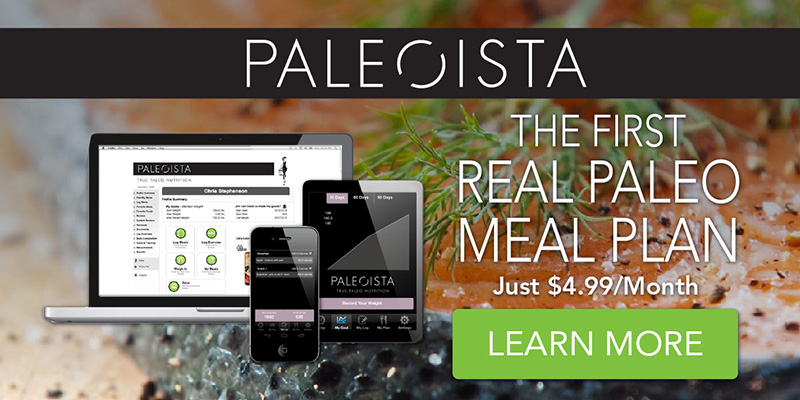Veggie Noodles Take the World By Storm
When I first discovered gluten consumption was one of the key contributing factors to years of illness, my first thought wasn’t “how will I live without pasta, bagels and bread?” Since I’d been so sick for so long, learning I had the choice to not ingest the thing (or things, plural, as I’d discover soon thereafter) that made me ill, was far more powerful than any desire I may have had to eat any of the foods that fell into the bread and cereal grain category.
However, I must admit since this happened a mere decade ago when we, as a society, already began to have some basic awareness for gluten intolerance, it was easy for me to roll right into adding gluten free breads or bagels to my diet. I did that for a good year, thinking I needed those refined carbohydrates to fuel my endurance training. This was long before I learned about fat adaptation and a good year prior to stumbling upon Dr. Cordain’s work.
In any case, the point is that going gluten free nowadays is far easier than it may have been not too long ago. And, products that fall into this category abound. Americans will spend an estimated $7 billion this year on foods labeled gluten-free, according to the market research firm Mintel.1 Unfortunately, many buy gluten-free because they think it will help them lose weight, despite the fact the gluten free product they’re buying is a loaf of bread, a box of cookies, or some pasta.
And while you can easily buy gluten free pasta, it’s also as easy to point and click to find a recipe to make your own. Whether you use flour made from a gluten-free grain or a nut, it is, indeed possible to make pastas of all shapes and sizes…but it’s still pasta!
Going nuts with nuts isn’t a great idea since they’re all high in inflammatory Omega 6s and low in healthy Omega 3s.2 And gluten-free grains are still grains, with all their anti nutrient properties, which contribute to leaky gut.3
So what can we do if we want a good dish of noodle soup, or a plate of pasta with homemade Paleo pesto? Enter the veggie.
Whether we’re talking about using the shredded, baked deliciousness of spaghetti squash or the ‘spiralized noodles’ created by using a handy kitchen gadget to peel ribbons from a carrot, incorporating real food is always superior to a highly processed, inflammatory grain or nut-based product.
The possibilities are endless. Zucchini Noodles with Marinara, anyone? Care for some Sweet Potato Curly Fries With Chipotle Lime Aioli? Or perhaps a Beet Noodle Caprese Salad?4 The sky really is the limit.
And with all the nutritious veggies to choose from that all pack a punch of a wide range of antioxidants, micro nutrients and a plethora of health benefits, going for jicama noodles over coconut-flour ones is completely a no brainer. With so many Paleo recipes to choose from online, ranging from super simple (like halve a spaghetti squash, bake and shred) to those more elaborate and time consuming, I often tend to shoot for a middle ground.
Check out my Paleoista’s Paleo Pesto Chicken on Carrot and Zucchini Noodles for a simple prep for dinner, which may be even better the next day for leftover lunch. Easy and quick but far from boring!
REFERENCES
[1] “Gluten-free Diet Fad: Are Celiac Disease Rates Actually Rising?” CBSNews. CBS Interactive, n.d. Web. 07 July 2015.
[2] Cordain, Loren. The Paleo Diet: Lose Weight and Get Healthy by Eating the Foods You Were Designed to Eat. Hoboken, NJ: Wiley, 2011. Print
[3] Punder, Karin De, and Leo Pruimboom. “The Dietary Intake of Wheat and Other Cereal Grains and Their Role in Inflammation.” Nutrients. MDPI, n.d. Web. 07 July 2015.
[4] Bratskeir, Kate. “How Zoodles And Spirals Will Change The Way You Eat Veggies.” The Huffington Post. TheHuffingtonPost.com, n.d. Web. 07 July 2015.





